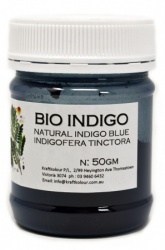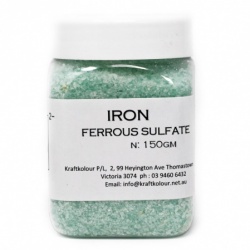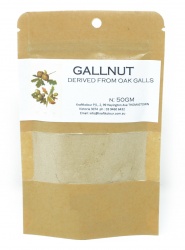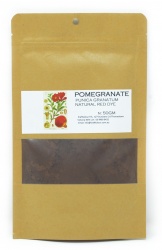Myrobalan is the ground nuts of the tree Terminalia chebula and is related to several different fruit bearing trees including the Cherry Plum. It grows in Nepal, India, Sri lanka, Thailand, Indochina and South China. This is used as greenish yellow dyestuff for textiles and may also be used as a substitute for Tannic Acid.
This darker variety will create a darker background colour on your cloth, prior to over dyeing with your selected natural dye. Commonly used as a base colour under Indigo it produces lovely teal greens. Use 20 - 30% WOF for dyeing yellows and 15 -20% as a substitute for tannin in a premordant for cotton. In the past it was also used for making ink.
Before 1856, Natural dyes were used in time honoured techniques (as far back as 1500BC) but once synthetic dyes were invented in 1856, textile dyers and artisans moved from traditional natural dyes to synthetic dyes to colour their cloth and fibre.
They will dye any natural fibre using a handful of non-toxic mordants and additives to help fix the dye and also give you more colour variations. Natural dyeing is very much about reconnecting with the past - apart from using the plant materials you have at hand in your own garden, there are a number of traditional Natural Dyes and extracts including Indigo, Madder, Cochineal and Fustic.
By combining different dyes, mordants and depths of shade, you will produce an amazing palette of deep to subtle pastel colours. We hope you enjoy your Natural Dyeing adventure!


.jpg)
.jpg)



